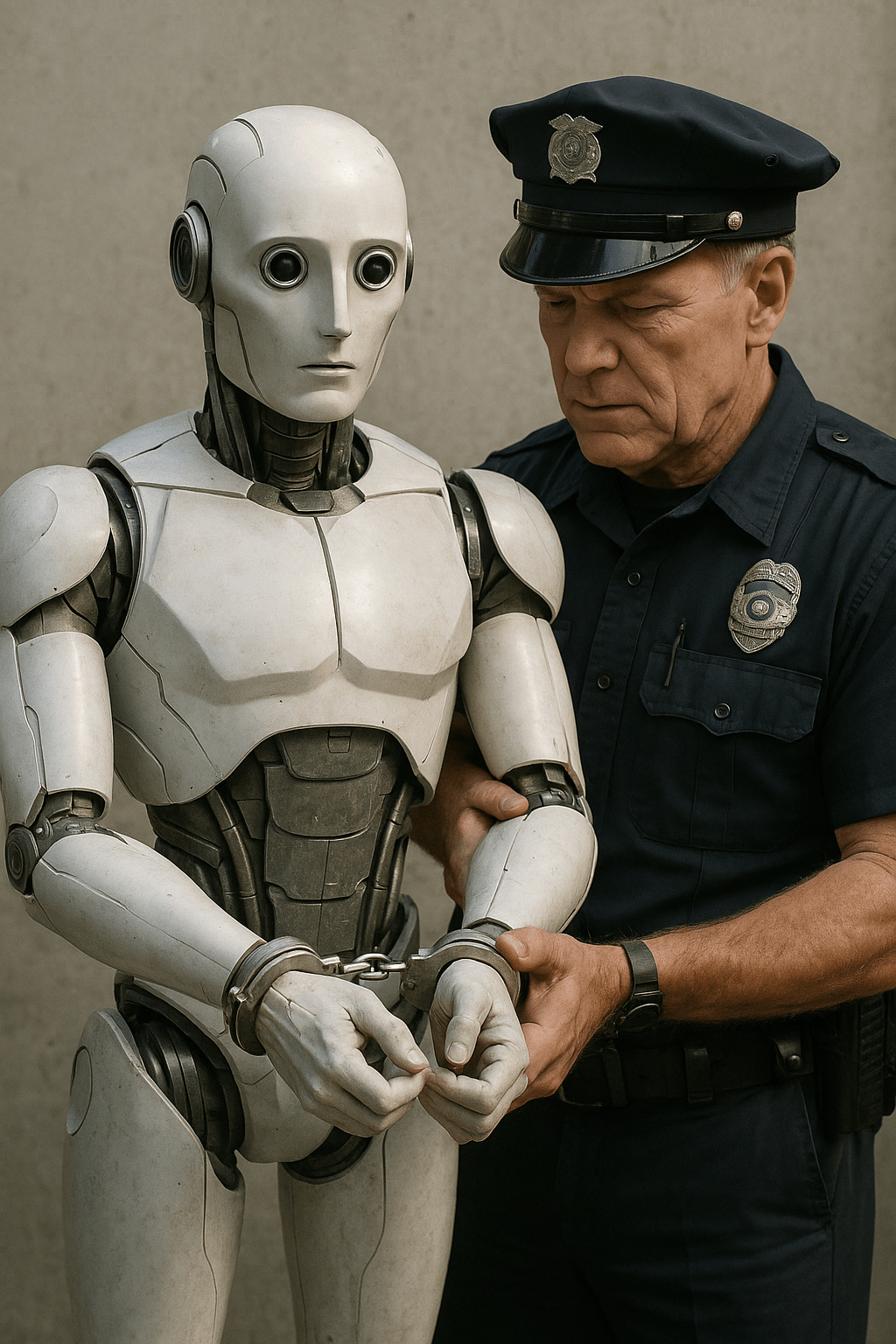Finding the best AI detector is about more than picking a name off a list. It’s about balancing accuracy, speed, user experience, and adaptability. With GPT-4 and other large language models evolving at breakneck speed, the game is no longer about who can catch AI, it’s about who can keep up.
Effective detectors rely on algorithms that analyze sentence structure, token frequency, burstiness, and perplexity, fancy words that mean they’re looking for patterns that machines use but humans don’t. The good ones know the difference. The bad ones accuse Shakespeare of being ChatGPT.
ZeroGPT: The Straight-Shooter
If you’re looking for a no-frills, data-backed tool that just works, ZeroGPT is one of the most trusted names in the game.
Strengths:
- Advanced DeepAnalyse™ technology
- Supports multiple file formats including PDF and DOCX
- Confidence level indicators (low, medium, high)
- Built for content marketers, teachers, and students
Best Use Cases:
- Teachers checking essays
- Employers verifying cover letters
- Bloggers avoiding flagged content
ZeroGPT has managed to keep false positives low while still being aggressive in flagging suspicious writing. It’s also a go-to for those wanting batch file detection, especially in educational institutions.
Winston AI: The Educator’s Ally
Winston AI has carved a niche among teachers, professors, and content managers who work in academic or multilingual environments. It doesn’t just detect AI, it understands academic writing style.
What Stands Out:
- Multilingual detection (English, French, Spanish, Portuguese)
- Plagiarism checker built-in
- File upload support
- Easy-to-read results dashboard
It even offers reading difficulty scores and grammar analysis, making it ideal for student assessments.
Content at Scale AI Detector: SEO-Friendly Watchdog
For content creators and SEO agencies, Content at Scale’s AI Detector hits the sweet spot between precision and user-friendliness. It was originally built to analyze content for ranking potential but has grown into a powerful AI detection tool.
Highlights:
- Real-time AI probability score
- Emphasizes sentence-level analysis
- Provides human editing recommendations
- Free to use with generous limits
This one’s perfect for bloggers, copywriters, and digital marketers who want to keep their web content “Google-safe.”
Copyleaks AI Content Detector: Corporate Power Tool
Copyleaks is a powerhouse when it comes to enterprise-level AI detection. If you need something robust and API-friendly, this is your go-to.
Best For:
- Corporations with compliance requirements
- University systems
- Media outlets vetting journalistic integrity
It offers:
- GPT-4 and Gemini detection
- LMS and CMS integration
- Human-AI writing blend detection
- Whitelabel options
Copyleaks isn’t just reactive, it’s proactive about AI detection, ideal for legal, HR, and editorial review pipelines.
Writefull GPT Detector: Built for Academics
Last but not least, Writefull focuses purely on detecting GPT-generated content in academic writing. It’s light, fast, and backed by a team of linguists and AI researchers.
Why Academics Love It:
- No fluff, just results
- Integrates with reference managers
- Built-in language checks
- Transparent model benchmarking
This one’s especially effective for researchers and editors reviewing submissions to journals or academic conferences.
Speed and Interface Comparison
| Tool | Speed | User Interface | Batch Support |
|---|---|---|---|
| ZeroGPT | Fast | Clean & Minimal | Yes |
| Winston AI | Moderate | Visual & Detailed | Yes |
| Content at Scale | Fast | Blog-style | No |
| Copyleaks | Moderate | Enterprise-grade | Yes |
| Writefull | Very Fast | Lightweight | No |
Use Cases for Best AI Detector Tools
- Education: Prevent AI cheating in assignments and theses.
- Publishing: Maintain editorial standards in journalism.
- Recruitment: Check if resumes or cover letters were AI-written.
- Marketing: Ensure web content remains human-centric.
- Legal/Compliance: Validate authenticity of reports and documentation.
Limitations of AI Detectors
Let’s be honest. No AI detector is foolproof.
Even the best AI detector tools can:
- Mislabel human content as AI (false positives)
- Struggle with hybrid writing (AI-edited by humans)
- Be language-biased or dataset-limited
That’s why combining tools and using contextual judgment is key.
FAQs
Accuracy rates vary by content type and writing style, but top tools like ZeroGPT and Winston AI claim over 90% accuracy in common use cases. Still, occasional false positives or false negatives can occur.
Yes. Most modern detectors including Copyleaks and Content at Scale can identify GPT-4 and even newer models like Gemini. They train their detection models on recent AI text patterns.
Highly structured writing, overly formal tone, or use of predictable phrases can lead to a human-written piece being flagged as AI-generated.
Winston AI stands out for its education-first design, multilingual support, and built-in plagiarism features.
Some offer generous free tiers (ZeroGPT, Content at Scale), while others like Copyleaks are subscription-based. Enterprise users usually need to pay for full functionality.



